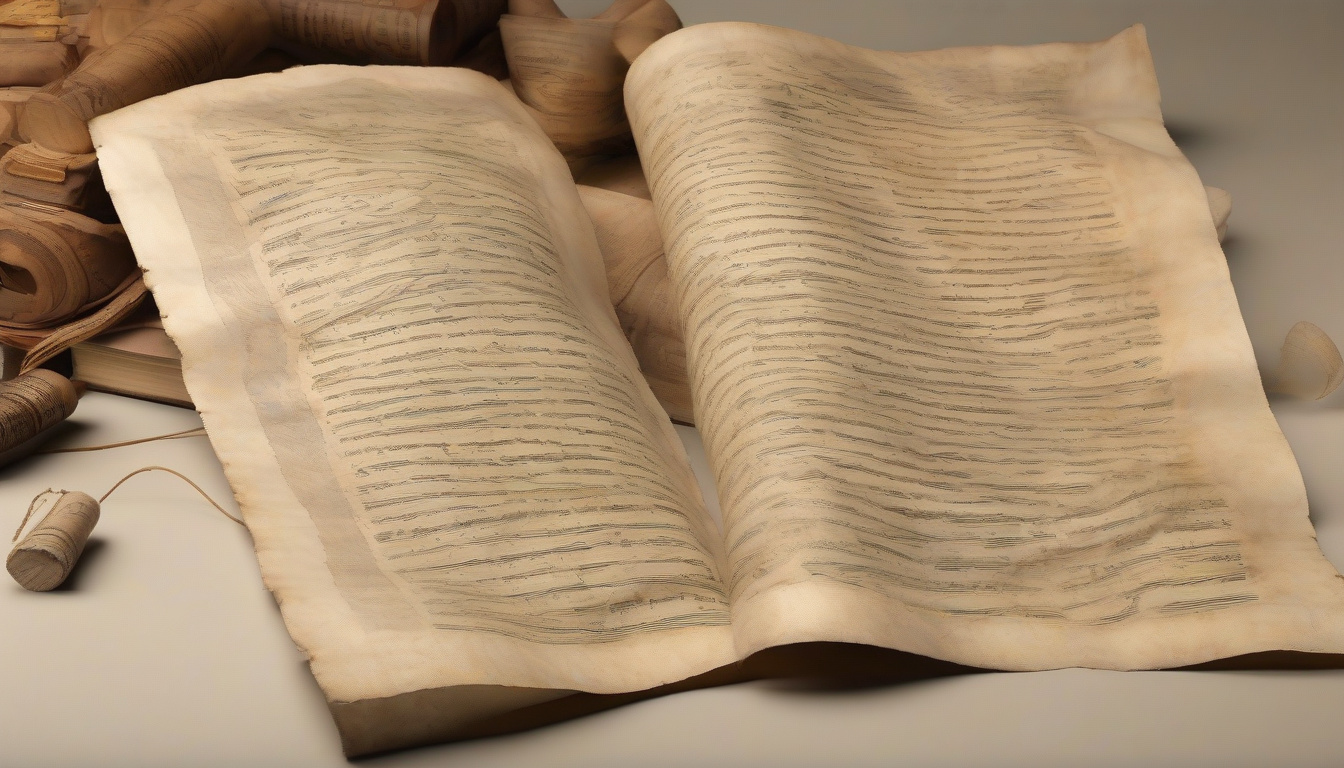In today’s quick-moving world, legacy preservation matters. You work hard and achieve much. Your work, values, and influence deserve to last. This guide shows clear steps to keep your legacy alive and strong.
Contents
- 1 Understanding the Importance of Legacy Preservation
- 2 Core Principles of Effective Legacy Preservation
- 3 Practical Strategies for Legacy Preservation
- 4 2. Build Robust Documentation and Records
- 5 3. Engage in Thoughtful Succession Planning
- 6 4. Utilize Modern Technology and Digital Platforms
- 7 5. Formalize Your Legacy Through Charitable Foundations or Trusts
- 8 6. Share Your Knowledge Through Mentoring and Education
- 9 7. Cultivate a Community or Network
- 10 8. Regularly Review and Update Your Legacy Plan
- 11 The Power of Legacy Preservation for Long-Term Impact
- 12 Summary Checklist for Successful Legacy Preservation
- 13 Frequently Asked Questions About Legacy Preservation
- 14 Conclusion: Take Action Today to Secure Your Legacy
Understanding the Importance of Legacy Preservation
Legacy preservation protects what you have done. It saves your work, your assets, and your personal values. It does more than record things; it passes on meaning and strength.
John C. Maxwell said, “A true legacy isn’t what you leave for people; it’s what you leave in people.” His words show that real legacy preservation means sharing lessons and values that stay with others.
Core Principles of Effective Legacy Preservation
Keep these ideas in mind as you act:
- Continuity preserves your vision and values.
- Authenticity keeps your true voice and beliefs.
- Adaptability lets your methods change over time.
- Documentation records your key achievements and lessons.
These ideas help you build a strong legacy.
Practical Strategies for Legacy Preservation
1. Establish Clear Goals and Values
Decide what your legacy will mean. Ask: Do you value education, innovation, or charity? When you answer, you set clear goals.
Action Steps:
• Write a mission statement for yourself or your team.
• List the values you want to share.
• Set clear goals for your legacy.
2. Build Robust Documentation and Records
Good documentation is the base of legacy preservation. Record your work and your stories in a clear way.
Include:
• Personal memories and lessons learned
• Important projects and milestones
• Financial and legal files
• Digital items like websites and social media
Keep these records neat so your work stays alive.
3. Engage in Thoughtful Succession Planning
Plan who will continue your work. Train future leaders to share your values and keep your legacy strong.
Steps to follow:
• Choose successors early and clearly.
• Mentor and train them well.
• Write down clear roles and plans.
4. Utilize Modern Technology and Digital Platforms
Use digital tools to share your work with many. Put your ideas on websites, blogs, or podcasts.
Tips:
• Stay active online.
• Use social media to share stories.
• Save your digital work in an organized way.

5. Formalize Your Legacy Through Charitable Foundations or Trusts
Set up a charity or trust if you want your work to go on. These legal tools protect and spread your goals.
Benefits include:
• Steady funds for your projects
• A clear structure for managing your work
• Easy understanding for employees and future leaders
Teach others what you know. When you mentor or run classes, you pass on your values.
Methods include:
• Host simple workshops or talks
• Create mentoring groups
• Write for schools or community groups
7. Cultivate a Community or Network
Build a group that shares your values. This network helps spread your message and preserves your work.
Actions include:
• Join groups that match your mission
• Work with others in partnerships
• Support causes that reflect your views
8. Regularly Review and Update Your Legacy Plan
Life changes, so should your plan. Check your legacy steps often to keep them up to date.
The Power of Legacy Preservation for Long-Term Impact
Legacy preservation does not only save history. It shapes the future. When you record your work and share your values, you help society and your community for many years. Whether you show your story, plan for the future, or reach out online, every small step strengthens your long-term impact.
Summary Checklist for Successful Legacy Preservation
- List your core values and vision.
- Document your work, stories, and lessons.
- Plan for successors with clear mentoring.
- Use digital platforms to share and store your work.
- Create legal tools like foundations or trusts.
- Build a community and partner with others.
- Check and update your plan each year.
Frequently Asked Questions About Legacy Preservation
Q1: What is the most important part of legacy preservation?
A: Authenticity is key. Keep your values and message clear and real.
Q2: How do I start my legacy if I do not have records yet?
A: Start today by writing down your stories and lessons. Even small notes can build into a strong record.
Q3: How does technology aid legacy preservation?
A: Technology helps share your work widely and keeps your digital records safe for the future.
Conclusion: Take Action Today to Secure Your Legacy
Legacy preservation is a careful process. It needs clear thinking, steady work, and smart planning. When you set your goals, document your work, and use digital tools, you make sure your influence goes on.
Do not wait. Start now with clear plans and by recording your work. Future generations will benefit from what you leave behind. Embrace legacy preservation and see your impact last for a long time.
Author: Doyle Weaver, Attorney at Law
Home | Estate Planning | Personal Injury | Hill Country Lawyer | Terms of Service | Privacy Policy
© 2025 Digital Law Firm, P.C.
Disclaimer: The content provided in this blog is for educational and informational purposes only. It is not intended to constitute legal advice or establish an attorney-client relationship. The information presented does not address individual circumstances and should not be relied upon as a substitute for professional legal counsel. Always consult a qualified attorney for advice regarding your specific legal situation. The author and publisher are not liable for any actions taken based on the content of this blog.

Leave a Reply